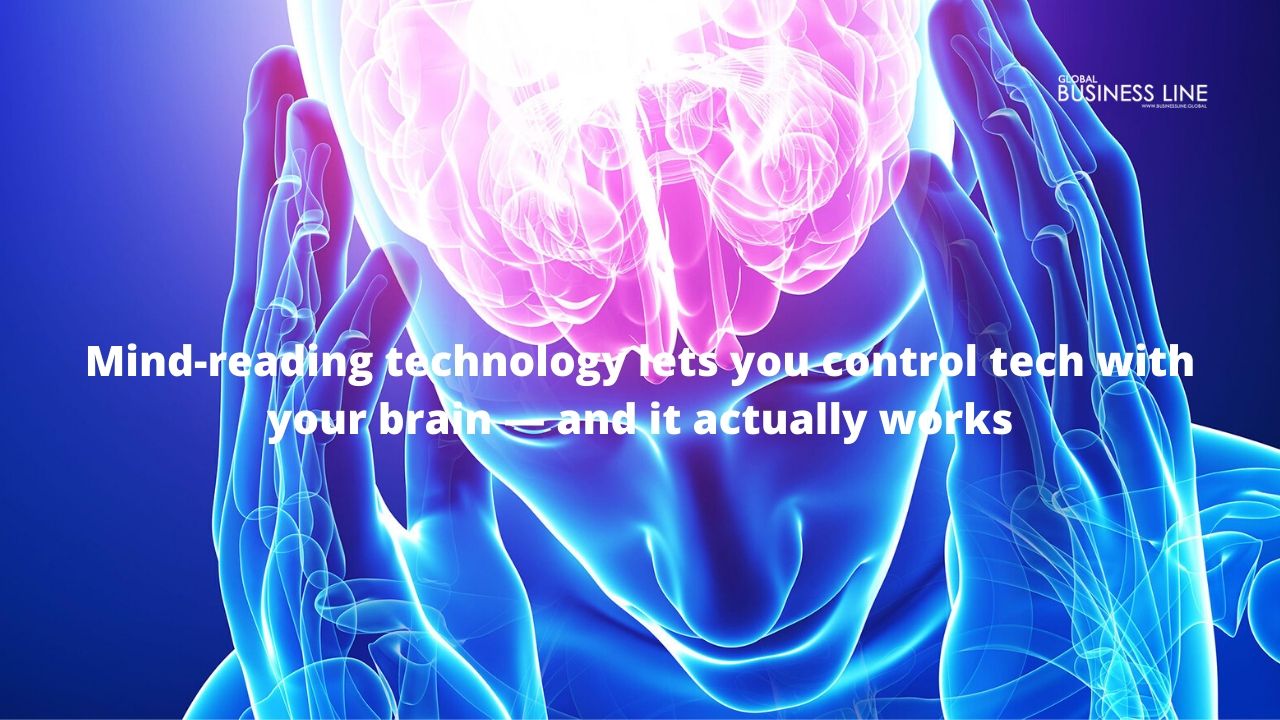KEY POINTS:
- CES highlighted a few items that let you control applications, games and gadgets with your psyche.
- The innovation holds a great deal of guarantee for gaming, diversion and even medication.
- NextMind and FocusOne were two of the organizations that flaunted mind-control innovation at CES this year.
LAS VEGAS — It’s not oneself driving vehicles, flying autos or even the dish-washing robots that stick out as the most transformative development at the current year’s Consumer Electronics Show: It’s the wearable devices that can guess what you might be thinking.
There’s a developing classification of organizations concentrated on the “Cerebrum Computer Interface.” These gadgets can record mind signals from sensors on the scalp (or even gadgets embedded inside the cerebrum) and make an interpretation of them into computerized signals. This industry is required to reach $1.5 billion this year, with the innovation utilized for everything from instruction and prosthetics, to gaming and shrewd home control.
This isn’t sci-fi. I attempted a few wearables that track mind action at CES this week, and was astonished to discover they truly work. NextMind has a headset that estimates action in your visual cortex with a sensor on the rear of your head. It deciphers the client’s choice of where to center their eyes into advanced directions.
“You don’t see with your eyes, your eyes are only a medium,” Next Mind CEO Sid Kouider said. “Your vision is in your cerebrum, and we investigate your vision in your mind and we can recognize what you need to follow up on and afterward we can alter that to essentially make an order.”
Kouider said this is the first run through there’s been a mind PC interface outside the lab, and the first occasion when you can hypothetically control any gadget by concentrating your considerations on them.
Wearing a Next Mind headset, I could change the shade of a light — red, blue and green — by concentrating on puts away lit with those hues. The headset additionally supplanted a remote control. Gazing at a TV screen, I could actuate a menu by concentrating on a triangle in an edge of the screen. From that point, centering my eyes, I could change the channel, quiet or interruption video, just by concentrating on a triangle beside each order.
“We have a few use cases, yet we are additionally focusing on diversion and gaming since that is the place this innovation will have its best use,” Kouider said. “The experience of playing or applying it on VR for example or enlarged the truth will make some new encounters of following up on a virtual world.”
Next Mind’s innovation isn’t accessible to shoppers yet, yet the organization is selling a $399 designer pack with the expectation that different organizations to make new applications.
“I believe it will in any case take some time until we nail … the correct use case,” Kouider said. “That is the explanation we are building up this innovation, to have individuals utilize the stage and build up their own utilization cases.”
Another organization concentrated on the cerebrum PC interface, BrainCo, has the FocusOne headband, with sensors on the temple estimating the movement in your frontal cortex. The “wearable brainwave visualizer” is intended to quantify center, and its makers need it to be utilized in schools.
“FocusOne is identifying the inconspicuous electrical signs that your cerebrum is delivering,” BrainCo President Max Newlon said. “When those electrical signs advance toward your scalp, our sensor gets them, investigates them and decides, ‘Does it appear as though your mind is in a condition of commitment? Or then again does it seem as though your mind is in a condition of unwinding?’”
Wearing the headband, I attempted a computer game with a rocket dispatch. The harder I centered, the quicker the rocket deliver moved, expanding my score. I at that point attempted to get the rocket ship to back off by loosening up my brain. A light on the facade of the headband turns red when your mind is strongly engaged, yellow in case you’re in a casual state and blue in case you’re in a thoughtful state. The headbands are intended to assist kids with figuring out how to center their brains, and to empower educators to comprehend when children are daydreaming. The headband costs $350 for schools and $500 for buyers. The headset accompanies programming and games to assist clients with seeing how to center and ponder.
BrainCo likewise has a prosthetic arm coming to advertise in the not so distant future, which will cost $10,000 to $15,000, not exactly a large portion of the expense of a normal prosthetic. BrainCo’s prosthetic recognizes muscle signals and feeds them through a calculation that can assist it with working better after some time, Newlon said.
“What separates this prosthetic, is after enough preparing, [a user] can control singular fingers and it doesn’t just depend on foreordained signals. It’s really similar to a free-play mode where the calculation can gain from him, and he can control his hands simply as we do,” Newlon said.

Shruthi M is a dedicated Business News Reporter at Global Business Line, specializing in breaking stories, insightful analyses, and comprehensive coverage of the global business landscape. With a keen eye for detail and a passion for delivering accurate and timely news, Shruthi keeps readers informed on the latest market trends, corporate strategies, and economic developments shaping industries worldwide.




